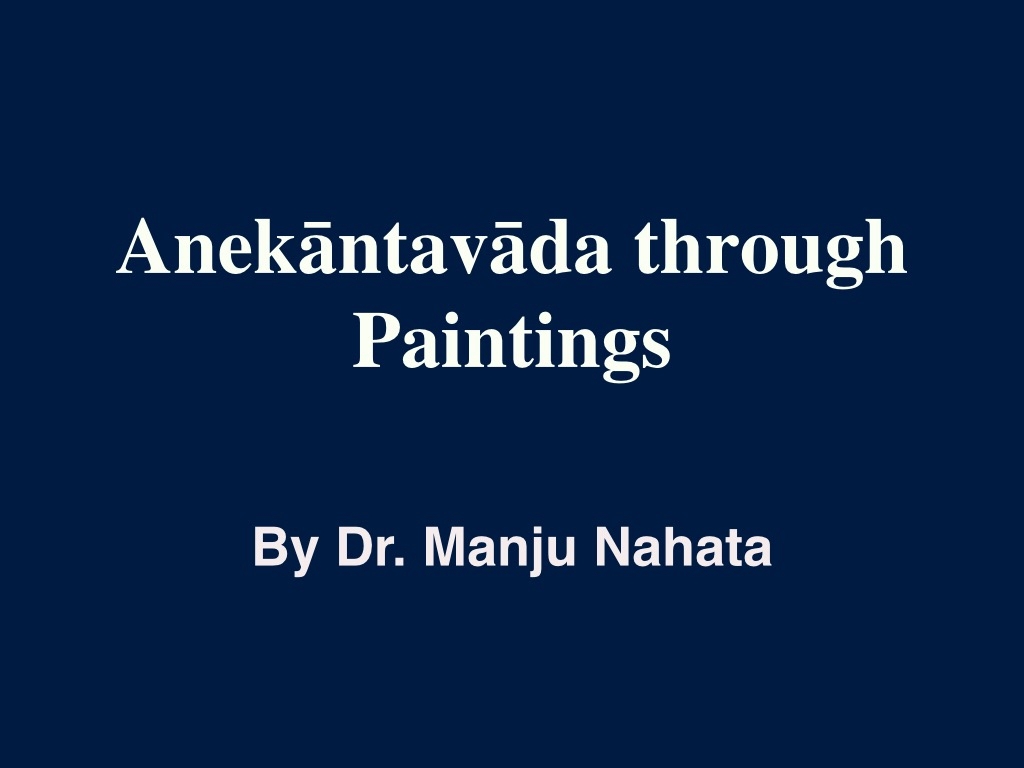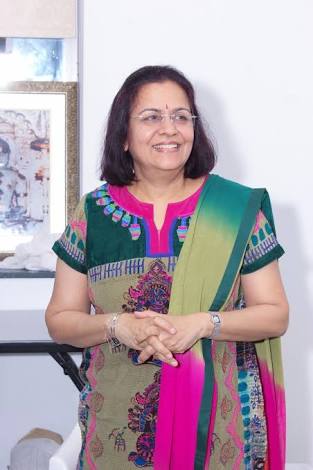
Anekāntavāda is regarded as the central philosophy of Jainism. This is a theory of many sidedness of reality and truth. The identity of real is not contradicted by the possession of varying attributes. Reality according to Jains is permanent in the midst of changes. It means that things must not be judged from one point of view, as it has many aspects. The derivative meaning of the word anekāntavāda given by Vimal Das (17th cent. CE) in his book Saptabhaṅgī Taraṅgiṇī:
aneke antāḥ svabhāvāḥ yasmin vāde sah anekāntavādaḥ
The word Anekanta is made out of two words: "Aneka" and "anta". "Aneka" means many, more than one and "Anta" means attributes, qualities, nature. Here when we say that an object has infinite attributes, we are actually saying that an object is capable of undergoing infinite modifications.
Amrutchandrasuri interpreted this theory clearly and extensively. In Samaysara Atmakhyati he says:
ekavastu-vastutva-niṣpādakaṃparaspara- viruddha-śakti-dvaya-prakāśanamanekāntaḥ
(Anekānta means delineating two self-contradictory attributes which form the essence of an object.)
Jain philosophy emphasizes the concept that nothing in this world is either constant or variable; it believes that nothing is either eternal or perishable; but, on the contrary, everything is a compound of nityānitya or permanence-impermanence. Thus, this age-old philosophy makes us aware of the unquestionable co-existence of antitheses/opposites in this world. For instance, the concomitance of the universal-particular, the constant-variable, the unity-plurality, and the appearance-reality antitheses. It emphasises that this co-existence is actually favorable for an everlasting synthesis. But we should take note of the fact that in this antithesis nothing, which stands in opposition to the other, rejects each other. Thus, they are mutually interdependent, giving a touch of fullness to our essential understanding of a thing or event.
We can find some traits and characteristics of Anekāntavāda, in, say, Vedānta, Vaiśeṣika, Buddhist, Caraka and so forth; but it is the Jain ācāryas who have elaborated the theme in its entirety in the last 2000 years. Starting from the great ācāryas, namely Umāsvāti, Kundakunda, Samantbhadra, Siddhasena, Mallavādī, Jinabhadra, Haribhadrasūri, Akalaṅka, Vidyānandasvāmī, Prabhācandra, Vādidevasūri, Yaśovijaya and Mahāprajña etc.. Their contributions developed anekāntavāda gradually and ultimately created a powerhouse of knowledge.
 Dr. Manju Nahata
Dr. Manju Nahata